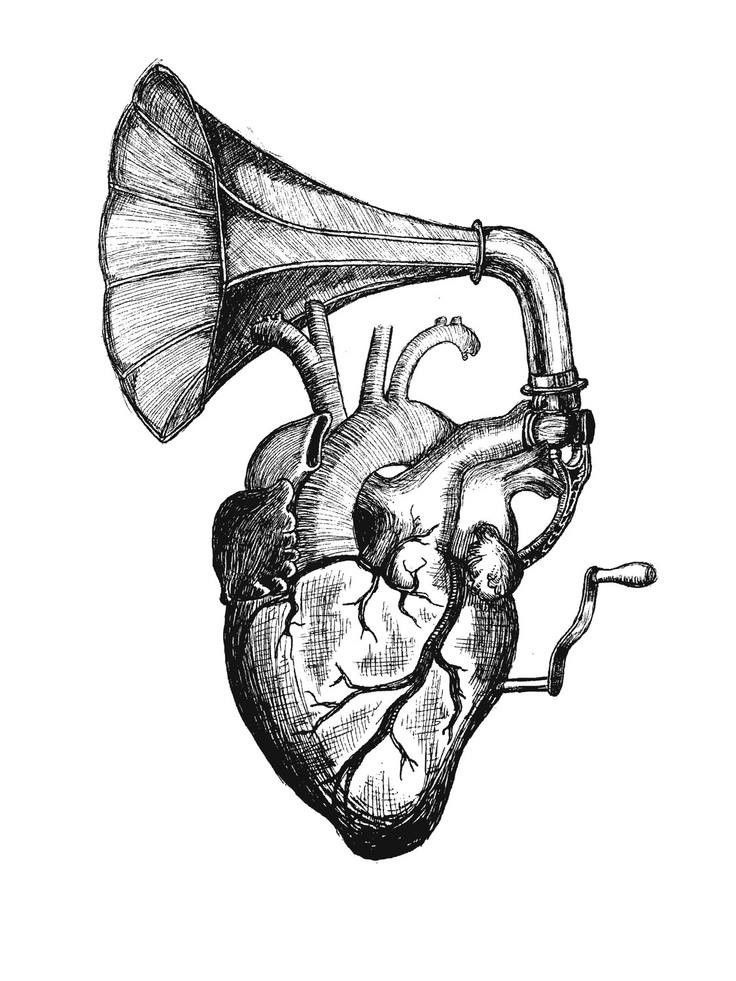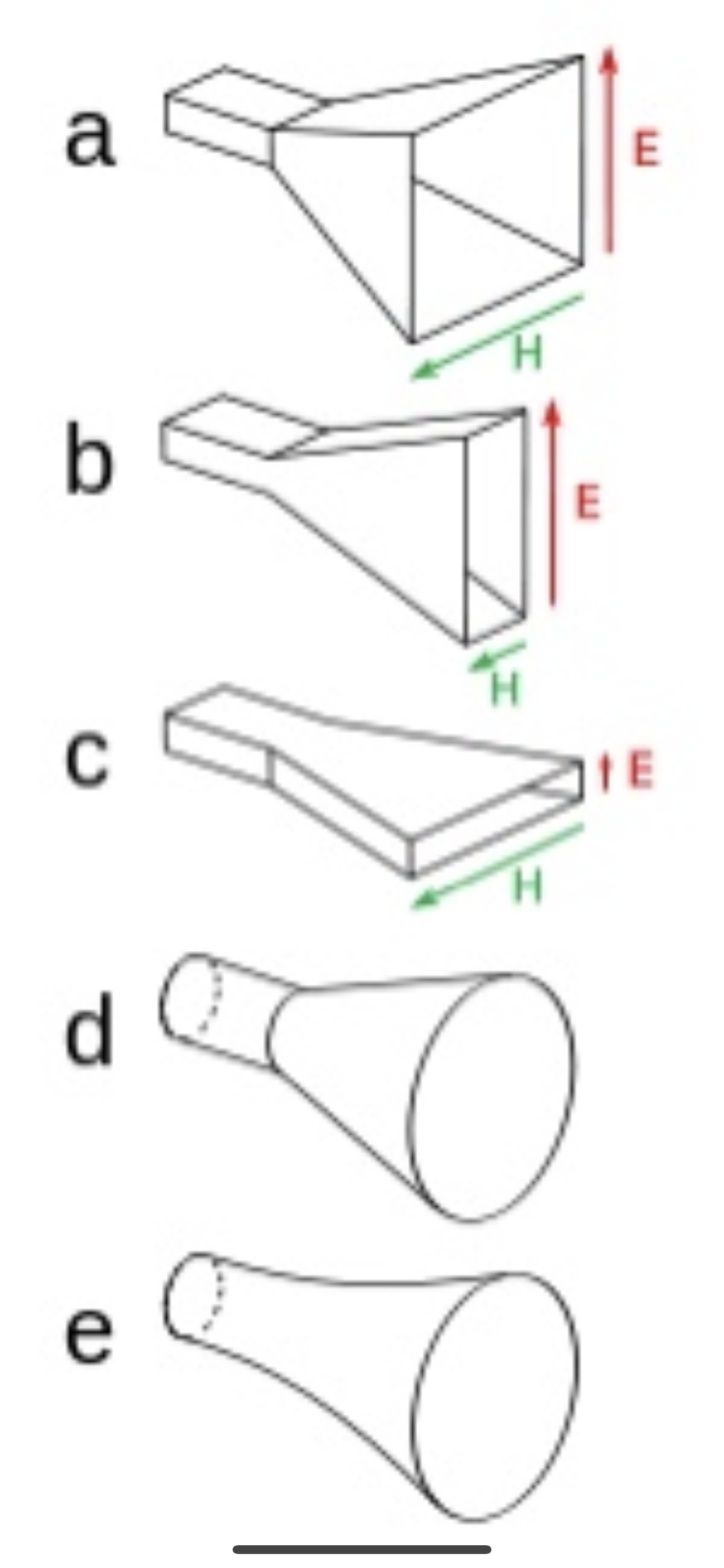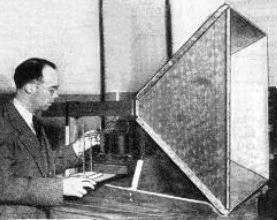❤️
The human voice consists of sound made by a human being using the vocal tract, including talking, singing, laughing, crying, screaming, shouting, or yelling. The human voice frequency is specifically a part of human sound production in which the vocal folds (vocal cords) are the primary sound source. (Other sound production mechanisms produced from the same general area of the body involve the production of unvoiced consonants, clicks, whistling and whispering.)
Generally speaking, the mechanism for generating the human voice can be subdivided into three parts; the lungs, the vocal folds within the larynx (voice box), and the articulators. The lungs, the "pump" must produce adequate airflow and air pressure to vibrate vocal folds. The vocal folds (vocal cords) then vibrate to use airflow from the lungs to create audible pulses that form the laryngeal sound source. The muscles of the larynx adjust the length and tension of the vocal folds to 'fine-tune' pitch and tone.
even the smallest amount of something spoken or written.
noun: a word
word; plural noun: words
A harmonic is any member of the harmonic series. The term is employed in various disciplines, including music, physics, acoustics, electronic power transmission, radio technology, and other fields. It is typically applied to repeating signals, such as sinusoidal waves.
say
/seɪ/
verb: say; 3rd person present: says; past tense: said; past participle: said; gerund or present participle: saying
1.
utter words so as to convey information, an opinion, a feeling or intention, or an instruction.
"‘Thank you,’ he said"
All my heart. 🙏🏻❤️
Pyramidal horn (a, right) – a horn antenna with the horn in the shape of a four-sided pyramid, with a rectangular cross section. They are a common type, used with rectangular waveguides, and radiate linearly polarized radio waves. ... These types are often used as feed horns for wide search radar antennas.
The first modern horn antenna in 1938 with inventor Wilmer L. Barrow.
They are used as feed antennas (called feed horns) for larger antenna structures such as parabolic antennas, as standard calibration antennas to measure the gain of other antennas, and as directive antennas for such devices as radar guns, automatic door openers, and microwave radiometers. Their advantages are moderate directivity, low standing wave ratio (SWR), broad bandwidth, and simple construction and adjustment.
A horn antenna is used to transmit radio waves from a waveguide (a metal pipe used to carry radio waves) out into space




